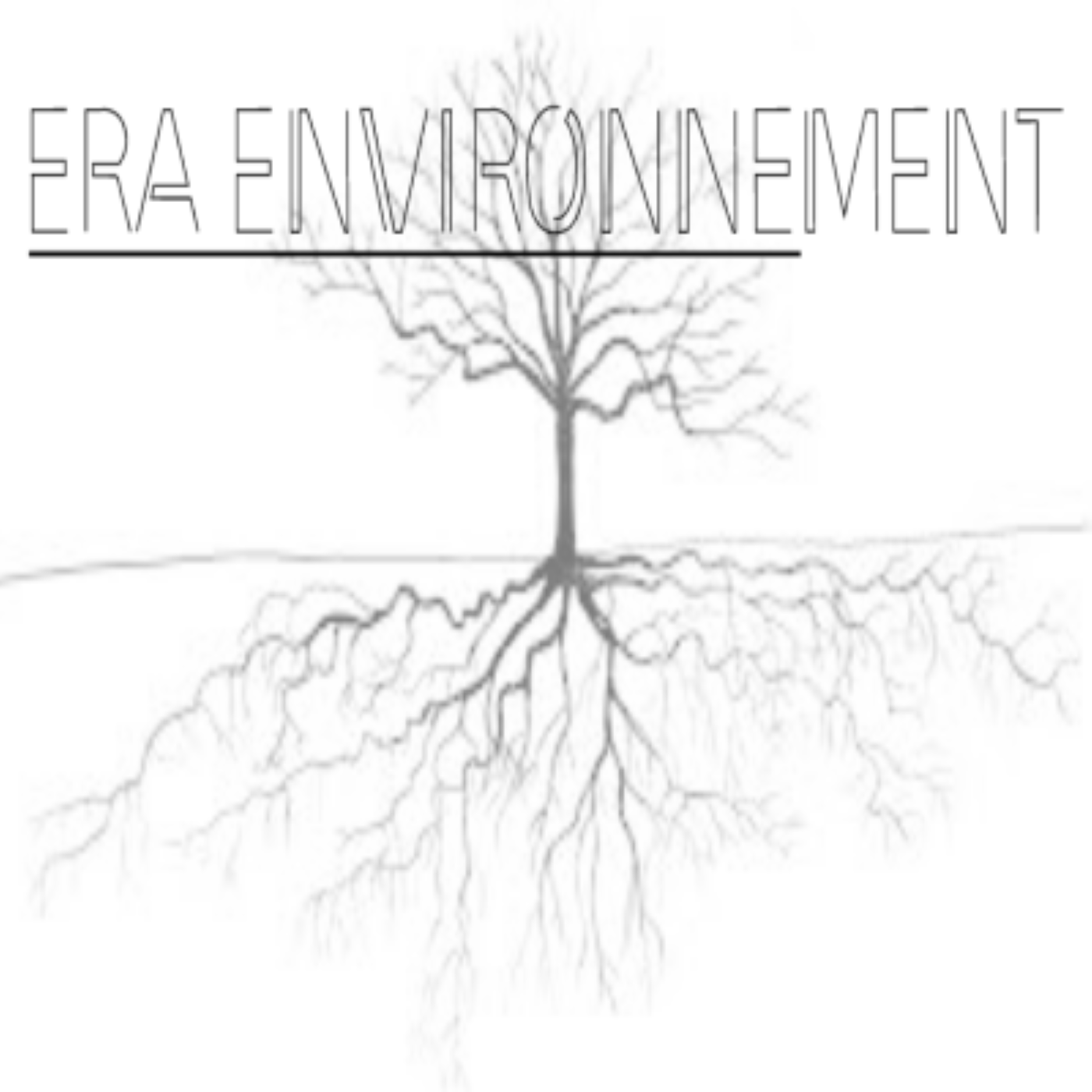The green hydrogen economy is a sustainable alternative to fossil fuels, despite the difficult transport.
By Houmi AHAMED-MIKIDACHE

A pioneering approach developed by researchers from the International Institute for Applied Systems Analysis (IIASA), an international scientific institute conducting research on the critical issues of environmental change, global economic, technological and social, offers solid air (nitrogen or oxygen) as a means of recycling cooling energy throughout the hydrogen liquefaction supply chain.
How can strong air stimulate sustainable development?
The researchers note that at normal temperature and pressure, air is a gas, but under certain conditions it can become liquid or solid. Their study proposes solid air as a means of recycling cold energy through the hydrogen liquefaction supply chain. They describe the liquefaction process. Hydrogen liquefaction in solid air involves storing the cooling energy of hydrogen regasification, solidifying the air, and transporting the solid air to where the hydrogen has been liquefied. Solid air is then used to reduce energy consumption to liquefy hydrogen. The process is divided into four main stages: hydrogen regasification, solid air transport, hydrogen liquefaction and liquid hydrogen transport.
The researchers conclude that hydrogen is a particularly difficult product to transport safely. Liquefy hydrogen, requires cooling to 20 Kelvin (-253°C). It is also an expensive process that requires about 30% of the energy stored in hydrogen. But the world is in energy transition to reduce CO2 emissions and mitigate climate change. The COVID-19 pandemic and the war between Russia and Ukraine have increased the interest of Europe and western countries to invest in the hydrogen economy as an alternative to fossil fuels. According to the report, hydrogen can significantly reduce geopolitical risks by increasing the diversity of future hydrogen suppliers.
“Using solid air can reduce costs and energy consumption for hydrogen transport”
Another precision presented in the report, the solidification of air for energy recovery. The solidification of air for energy recovery in the hydrogen liquefaction supply chain is the additional production of oxygen. Oxygen could be used to increase the efficiency of oxycombustion electricity generation, a phenomenon that facilitates carbon capture, use and storage (CCS).
“Using solid air as a means of recycling cooling energy in the hydrogen liquefaction supply chain can reduce costs and energy consumption for hydrogen transport between continents.”, says lead author Julian Hunt. a researcher from the Integrated Assessment and Climate Change Research Group of IIASA’s Energy, Climate and Environment Programme. He continued, “This would increase the viability of a global hydrogen economy in the future and increase the number of hydrogen suppliers for energy-intensive regions like China, Europe and Japan. According to the researcher, the possibility of selling hydrogen could lead to further expansion of solar and wind energy in developing countries, thus contributing to their economies.




